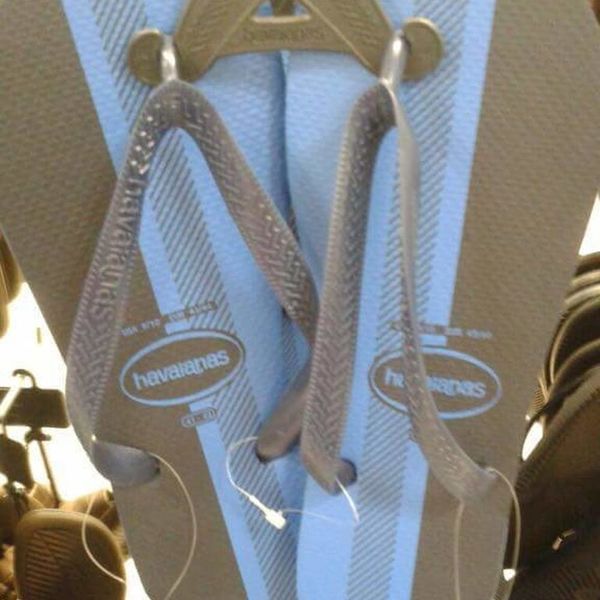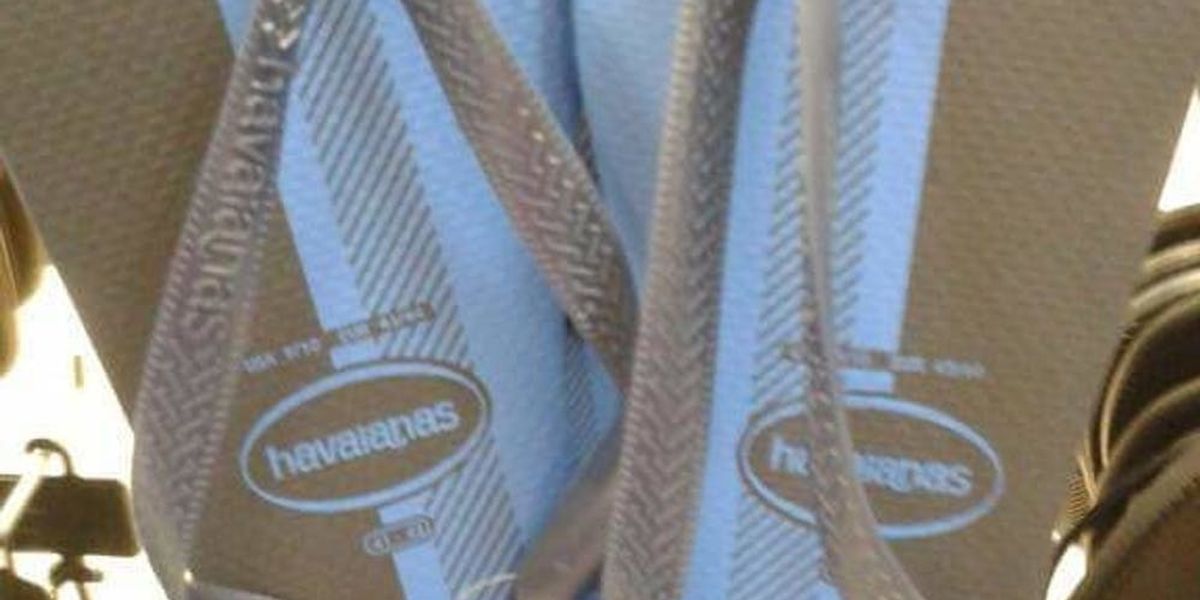NoShe wonders if women are more likely to be able to see through the filter?
 At least I didn´t saw the original color.....
At least I didn´t saw the original color.....I wonder, what does your wife see on this one? I see gold on the outer parts of the flip-flop with golden stripes and light blue in the middle......
So - gold/light blue


These Blue & Black (or White & Gold?!) Flip-Flops Are #TheDress All Over Again
Here we go again…
 www.brit.co
www.brit.co



